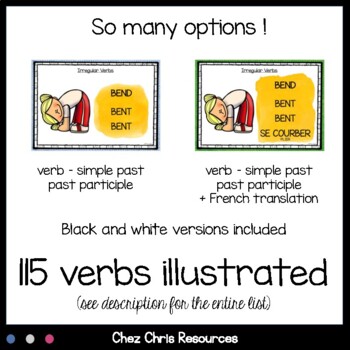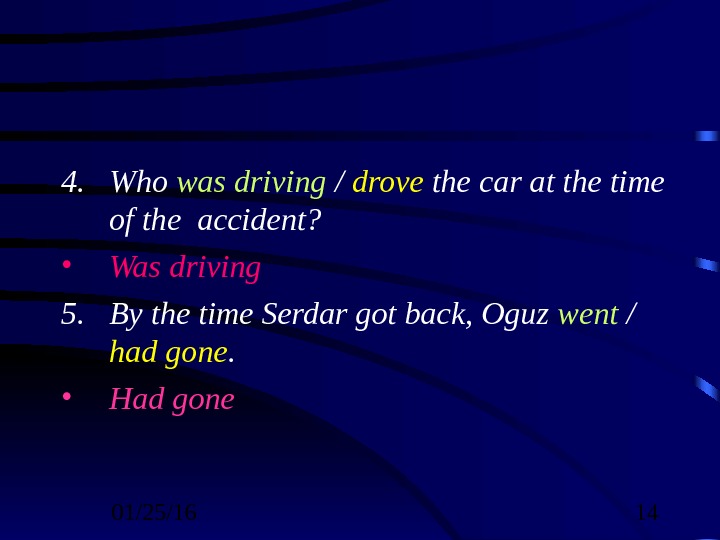
If these verbs end with a consonant (in our example P) and there is a vowel before it (in our example O), the consonant is doubled: The monosyllabic regular verbs include, for example, to mop. If there is a vowel before the end -y, the change does not occur:ĭuplication of consonants with monosyllabic verbs If a regular verb ends with -y and there is a consonant in front of it, the past form is softened:
If we wanted to use the Past Continuous in both parts of the sentence, the meaning would change:. The second part of the sentence when he arrived determines what happened. Again, here the first part of the sentence Were you cooking is in the Past Continuous because we ask about the duration of the activity. That is why we don’t come across this type of sentence. Usually, however, the person doesn’t just read while the phone is ringing but puts away their book and goes to pick the phone up. I was reading when the phone was ringing. If we want to emphasize the duration of the ringing, the sentence would look like this:. This time is expressed by the second part of the sentence when the phone rang which is in the Past Simple because its duration is not important – it is just about what happened. The first part of the sentence I was reading is in the Past Continuous because it is about the event that was happening at a certain time in the past. We are talking about an activity that is time-determined by the different event I was reading when the phone rang. For example, to the question Were you eating? we can answer Yes, I was. As previously mentioned, we come across so-called short answers. We form questions by switching the subject and the auxiliary verb WAS/WERE. The shortened form is WASN’T or WEREN’T (She wasn’t eating / You weren’t eating.). 
We create the negative form by putting the negative NOT behind the auxiliary verb WAS/WERE.

WERE is connected with the other persons. We use WAS in the first and the third person singular.
Whether we use WAS or WERE depends on the person we are talking about. Since WAS / WERE expresses the past, other forms of verbs will have the ending -ing. Therefore, we don’t translate them as “happen” or “exist”, they just help us to form this tense. The verbs WAS/WERE are the auxiliary verbs. 
Subject + WAS/WERE + action verb with ending – ING + rest of sentence What do we need to form the Past Continuous?







 0 kommentar(er)
0 kommentar(er)
